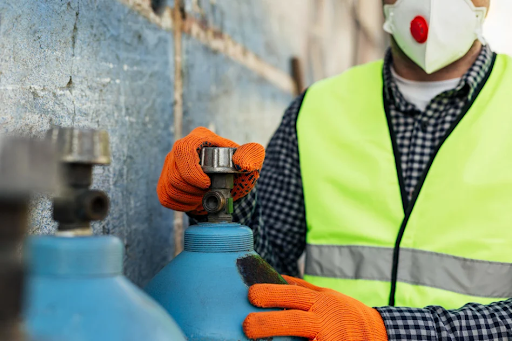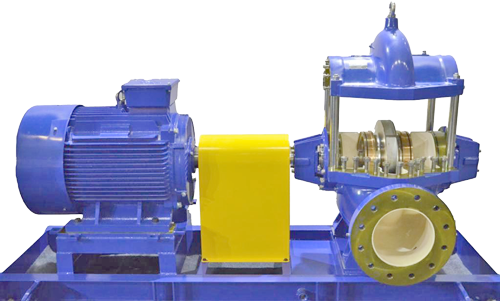
Pump vibration is not simply an operational inconvenience—it is often the earliest indicator of mechanical faults or hydraulic instabilities. Left unaddressed, it can reduce efficiency, shorten equipment life and cause unplanned downtime. Understanding the common causes, and their remedies, is essential to maintaining reliable operations.
1. Misalignment (Coupling/Shaft)
When pump and motor shafts are not aligned correctly, vibration increases significantly, putting strain on couplings, seals and bearings. Misalignment is best detected using laser alignment systems or dial indicators. The solution lies in precision realignment to manufacturer tolerances, with alignment checks forming part of routine maintenance.
2. Unbalance in Impeller/Rotating Parts
Impellers or rotating elements may become unbalanced due to wear, corrosion or deposits. This imbalance creates persistent vibration and accelerates wear of bearings and seals. Dynamic balancing restores stability, while regular inspection and timely replacement of components prevent further issues.
3. Bearing Failures
Bearings are especially vulnerable to poor lubrication, contamination or counterfeit spares. Warning signs include elevated temperatures, abnormal noise and rising vibration. Preventive measures include correct lubrication practices, using genuine spare parts and employing monitoring tools to detect early-stage bearing wear.
4. Cavitation
Cavitation occurs when suction pressure falls below the liquid’s vapour pressure, producing vapour bubbles that collapse violently on contact with pump surfaces. Causes include inadequate Net Positive Suction Head (NPSH), obstructed suction lines or poorly designed inlets. Solutions involve improving suction conditions, ensuring adequate liquid levels and designing piping to promote smooth flow.
5. Hydraulic Instabilities
Problems such as internal recirculation or resonance generate fluctuating flow and vibration. These can be mitigated by operating pumps closer to their Best Efficiency Point (BEP), optimising impeller design or making system-level adjustments.
6. Pipe Strain or Improper Foundation
Even a well-built pump will vibrate if subjected to stressed piping or mounted on an unstable foundation. Relieving piping strain, installing adequate supports and ensuring pumps sit on rigid, level foundations provide long-term stability.
7. Electrical Issues in Motor
Motors can also be a source of vibration, particularly when affected by loose electrical connections, voltage imbalance or uneven power supply. Regular inspections, tightening of connections and monitoring of electrical quality are essential.
8. Preventive Maintenance & Monitoring
Preventive maintenance, a key aspect of APORM, is the most effective safeguard. Techniques such as vibration analysis, thermography and condition monitoring detect problems before they escalate. Establishing a structured maintenance schedule ensures pumps run reliably over time.
At VEMC, we deliver more than pumps—we deliver long-term performance assurance. If you are searching for pump manufacturers near me who combine product expertise with dependable service, VEMC is the partner you can rely on. Enquire today at +91 8976951701, +91 98199 07445, 022 43436655, 022 43117133 or email marketing@vemc.co.in.


